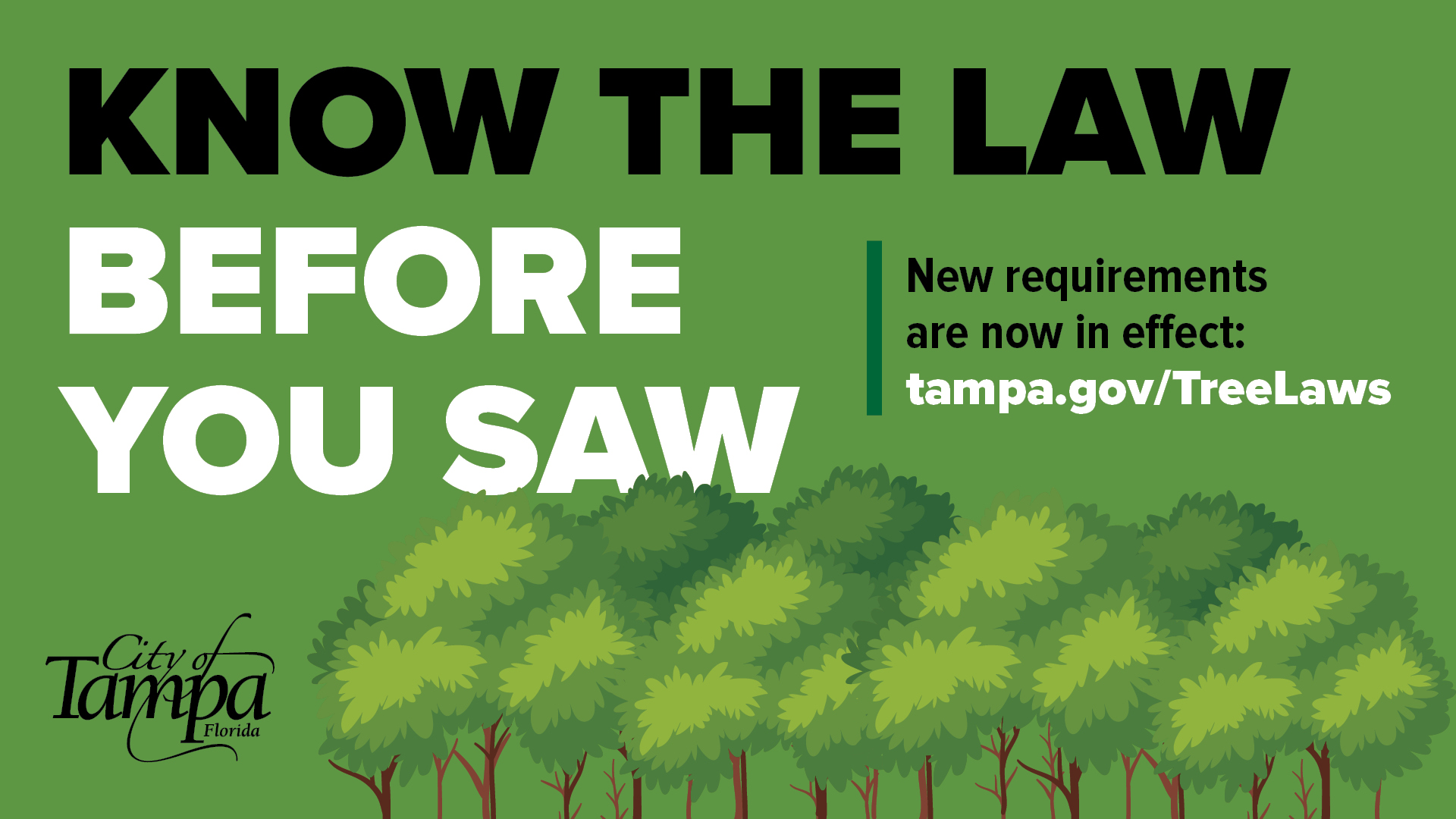MEMORANDUM
DATE: July 20, 2022
TO: Natural Resources Department
FROM: Gina Grimes, City Attorney,
Cate Wells, Chief Assistant City Attorney
Ursula Richardson, Chief Assistant City Attorney
Simone Savino, Assistant City Attorney
SUBJECT: Senate Bill 518 / City’s Updated Interpretation of the Tree Removal Statutory Exemption, Fla. Stat. Sec. 163.045

This Memorandum is intended to clarify and supersede the prior memorandum dated August 13, 2019, “House Bill 1159 / City’s Interpretation of the Tree Removal Statutory Exemption” (“Statutory Exemption”).
During the 2022 Session, the Florida Legislature passed Senate Bill 518, effective July 1, 2022. Senate Bill 518 amends Florida Statutes § 163.045, Tree pruning, trimming or removal on residential property to clarify the 2019 legislation. The issues addressed by Senate Bill 518 were also noted in the landmark case of Vickery v. City of Pensacola which took issue with the statutory terms “documentation” and “danger”. Senate Bill 518 included definitions for “documentation” and “residential property” and replaced the standard of “danger” with the standard “poses an unacceptable risk to persons or property.”
Given the changes made in Senate Bill 518, the following requirements must be met in order for a property owner to utilize the F.S. § 163.045 to be exempt from the City of Tampa’s tree removal permitting requirements:
- The property owner must possess “documentation” at the time of removal: “documentation” means an onsite assessment performed in accordance with the tree risk assessment procedures outlined in Best Management Practices – Tree Risk Assessment, Second Edition (2017) by an arborist certified by the International Society of Arboriculture (ISA) or a Florida licensed landscape architect and signed by the certified arborist or licensed landscape architect; and
- The documentation must establish that the tree poses an “unacceptable risk” to persons or property: A tree poses an “unacceptable risk” if removal is the only means of practically mitigating its risk below moderate, as determined by the tree risk assessment procedures outlined in Best Management Practices – Tree Risk Assessment, Second Edition (2017); and
- The tree is located on “residential property”: Residential property is limited to a single-family, detached building located on a lot that is actively used for single-family purposes and that is either a conforming use or a legally recognized nonconforming use.
If all of the above requirements are met, F.S. § 163.045 prohibits the City from requiring notice or a permit to prune, trim, or remove a tree. However, the only manner by which the City can determine whether a tree was removed illegally, or whether the tree was legally removed under the Statutory Exemption, is for the property owner to provide the City with the documentation required by the statute. Therefore, in order to avoid issuance of a notice of violation, the property owner should provide the documentation required under the statute to the City, and the City can then determine whether the tree removal qualifies under the Statutory Exemption.
Additionally, as required by F.S. § 163.045(1)(a), the documentation from the certified arborist or licensed landscape architect must include an onsite assessment performed in accordance with the tree risk assessment procedures outlined in Best Management Practices – Tree Risk Assessment, Second Edition (2017) and must be signed by the certified arborist or licensed landscape architect. The City will require such documentation for each and every tree removed. If the documentation obtained from a certified arborist or licensed landscape architect does not include both an onsite assessment and a signature, then the City cannot properly verify that the tree qualifies for removal under the Statutory Exemption and a notice of violation may be issued.
In making the determination of whether the tree removal qualifies under the Statutory Exemption, the City will accept the determination by an arborist certified by the ISA or licensed landscape architect that: (1) the tree “poses an unacceptable risk to persons or property”; and (2) removal is the only means of practically mitigating its risk below moderate, as determined by the tree risk assessment procedures outlined in Best Management Practice – Tree Risk Assessment Second Edition (2017). The City will not apply its definition of “dangerous tree” or “hazardous tree” in determining whether a tree qualifies for removal under the Statutory Exemption.
Further, as required by F.S. 163.045(1)(b), the tree must be located on residential property, which is now limited to a property on which there is a single-family detached building that is actively used for single-family purposes, and that is either a conforming use or a legally recognized nonconforming use in accordance with the local jurisdiction’s applicable land development regulations. If the tree is not located on property that meets the statutory definition of residential property, the tree does not qualify for removal under the Statutory Exemption. For example, a tree does not qualify for removal under the Statutory Exemption if it is located on property that is zoned commercial, has commercial use, or a residential property that does not contain any residential structure or contains a duplex, townhome(s) or any other multi-family building.
The City will continue to report to the ISA or the Department of Professional Regulation, as appropriate, if the City finds that documentation is used by a certified arborist or licensed landscape architect to remove tree(s) in violation of the Statutory Exemption.
The City is proudly working in partnership with the Tampa Homeowners Association of Neighborhoods (THAN) as well as the Tampa Tree Advocacy Group (T-TAG) to educate homeowners on the requirements of F.S. § 163.045 as well as the penalties for tree removal without proper documentation.
